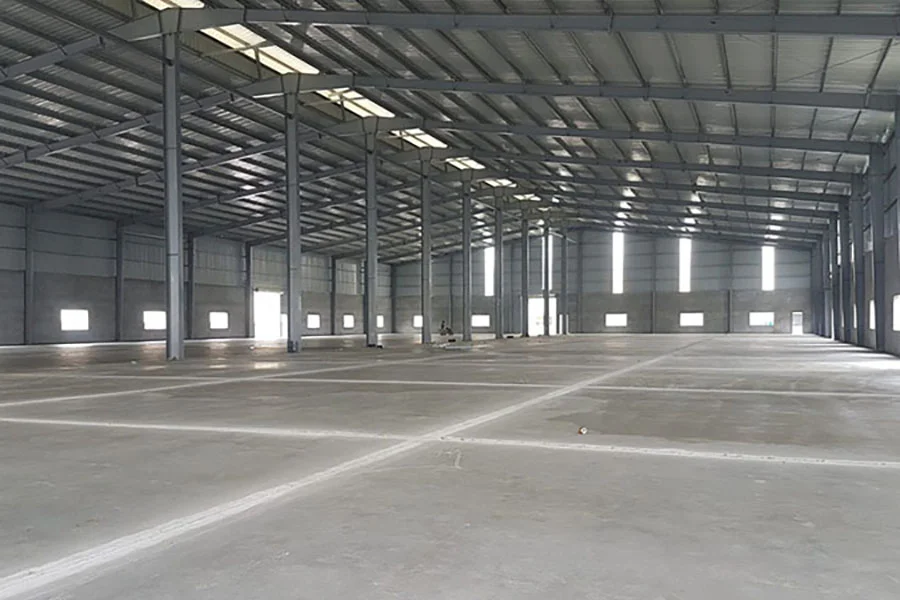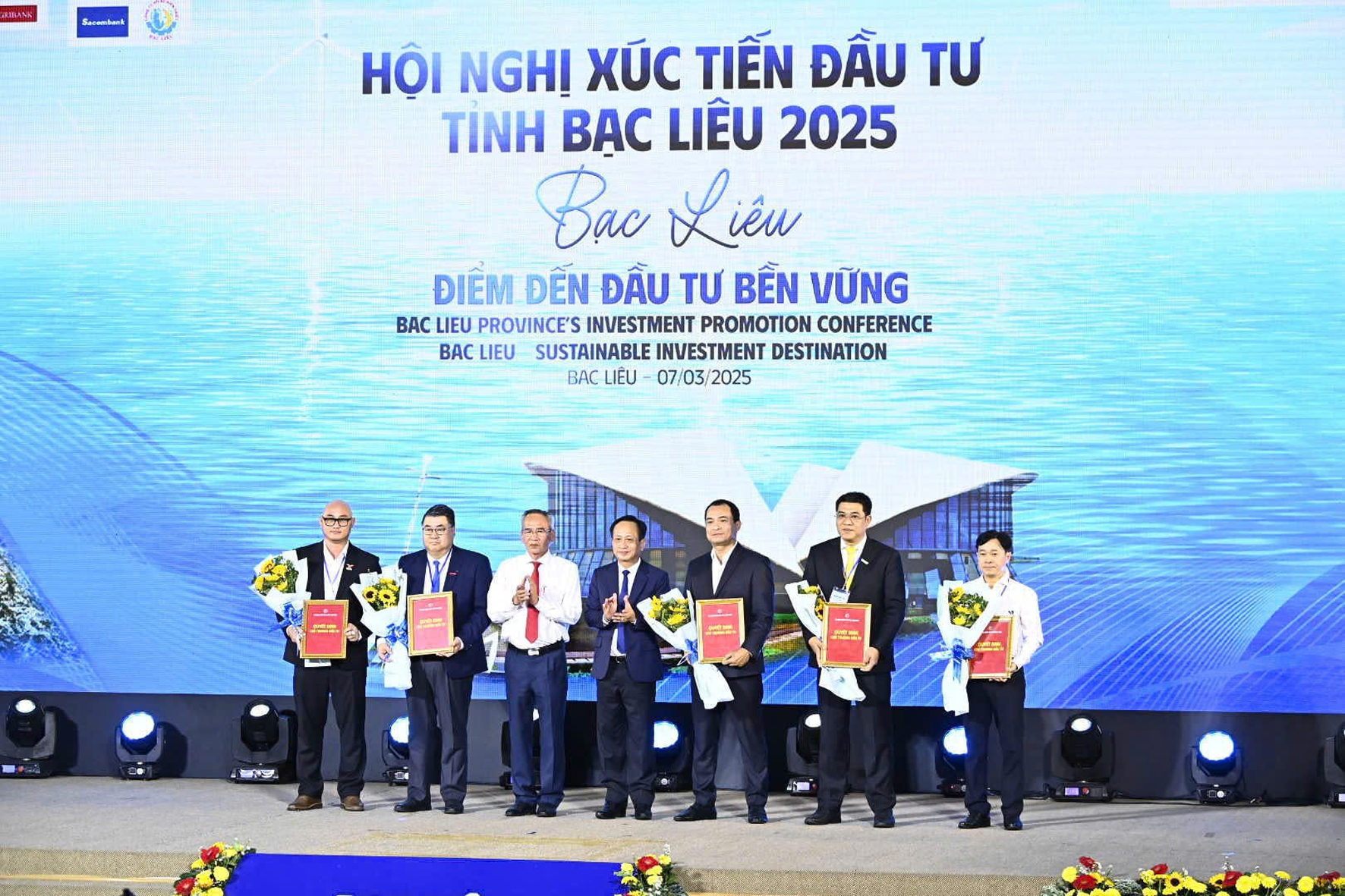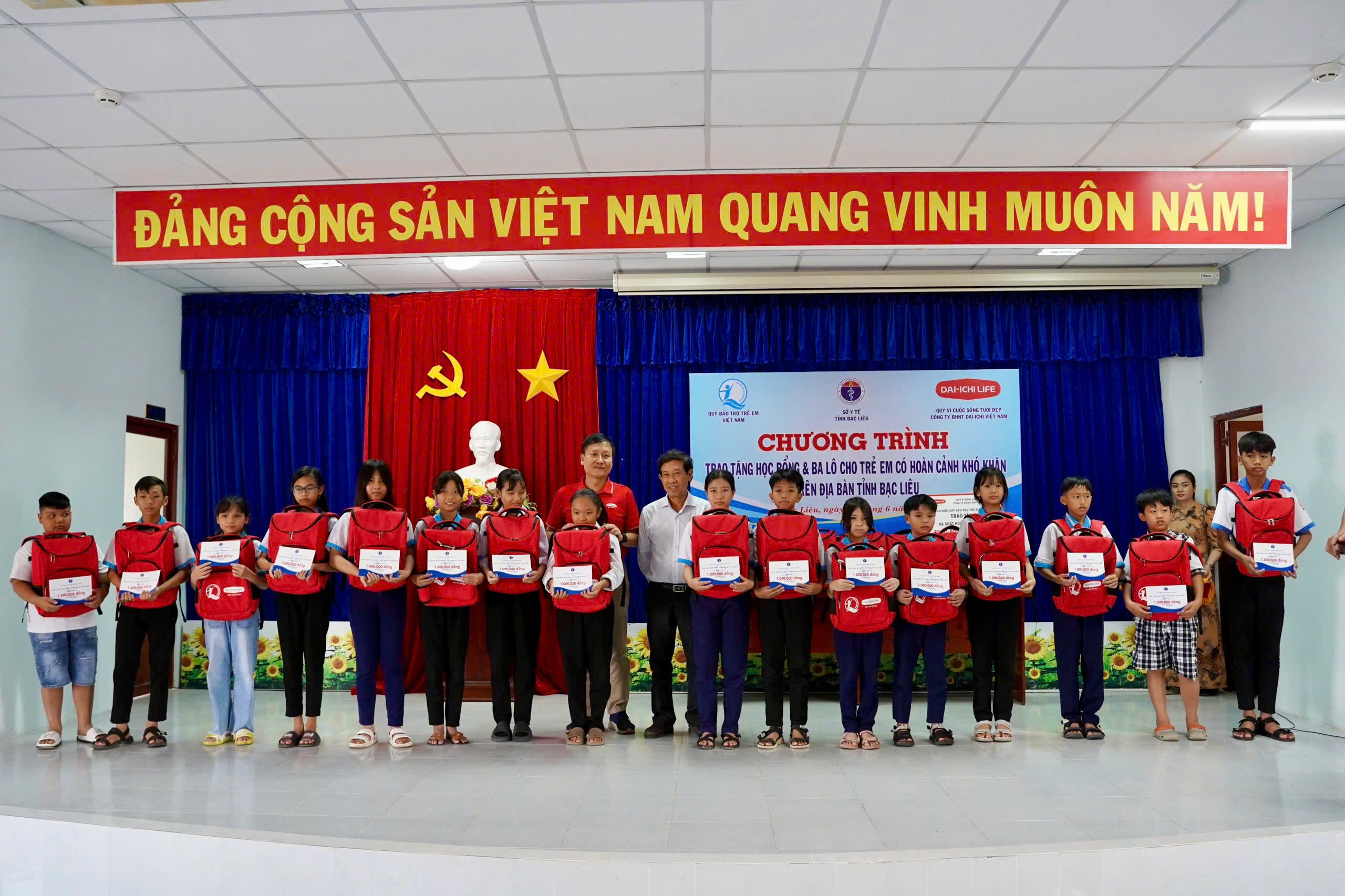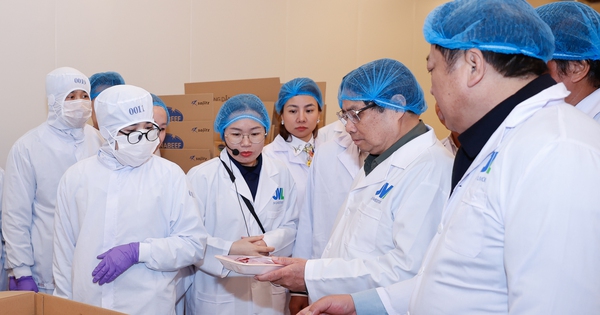
On July 31, the Center for Business Research and Enterprise Support and the Association of High-Quality Vietnamese Goods Enterprises held a seminar with the theme "Green Innovation - Bringing cassava into Vietnamese cuisine ".
In recent times, the production, processing and consumption of noodles have achieved remarkable results in both output and export turnover value.
Since April 2024, the Ministry of Agriculture and Rural Development has approved the project "Sustainable development of the cassava industry to 2030, with a vision to 2050" to set a target that by 2030, the country's fresh noodle output will reach about 11.5 - 12.5 million tons.
Of which, the output of fresh noodles used for deep processing of some products (starch, ethanol, MSG, etc.) accounts for about 85%; the area of noodles grown using standard quality varieties reaches 40 - 50%; the area of noodles grown using sustainable farming processes reaches 50%; the export turnover of noodles and noodle products reaches 1.8 - 2.0 billion USD.
By 2050, Vietnam's noodle industry will continue to develop sustainably, 70 - 80% of the noodle growing area will apply sustainable farming processes, the output of fresh noodles used for deep processing of some products (starch, ethanol, MSG, etc.) will account for over 90%, and the export turnover of noodles and noodle products will reach about 2.3 - 2.5 billion USD.

In Tay Ninh province alone, the current agricultural land area is about 341,897.0 hectares, of which 61,000 hectares are used for cassava production (accounting for 23%).
From rustic dishes in the countryside to sophisticated desserts in luxury restaurants, cassava is used in the preparation of cakes and candies.
This agricultural product can also be fermented to produce soft drinks, wine and other fermented products; or used as animal feed, especially as an important input material for rice paper production enterprises in many localities.

With real stories and the potential of cassava, the Seminar discussed the role of cassava in modern cuisine, as well as ways to create and develop cassava products, to promote sustainable agriculture and food industry.
The seminar emphasized the role of cassava not only as a nutritious source of raw materials but also as a factor promoting culinary creativity, contributing to preserving and developing Vietnam's unique culinary culture.
Source: https://baodantoc.vn/nang-tam-nong-san-dia-phuong-huong-den-muc-tieu-xuat-khau-25-ty-usd-cac-san-pham-tu-khoai-mi-1722426682413.htm







































Comment (0)